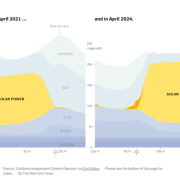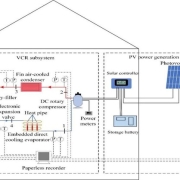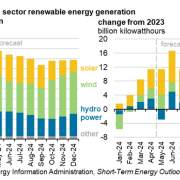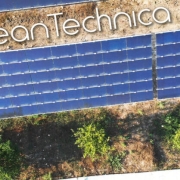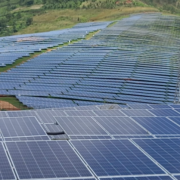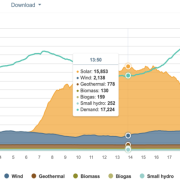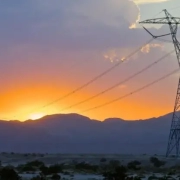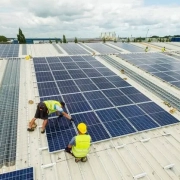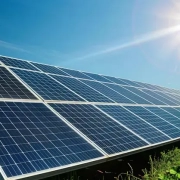The U.S. Department of Energy (DOE) is amending DOE’s list of categories of projects which, because they typically do not have significant environmental impacts, qualify for the simplest form of environmental review under the National Environmental Policy Act (NEPA). DOE is simplifying the environmental review process for certain energy storage systems such as battery systems, transmission line upgrades, and solar photovoltaic systems. In support of the Biden-Harris Administration’s goal to promote the development of clean energy and supporting infrastructure, DOE is taking these steps to reduce the cost and time for environmental analysis incurred by DOE, project developers, and the public for these projects.
DOE based the proposed changes on years of experience evaluating the environmental impacts of these types of projects through research, conducting environmental reviews, and engaging with industry, local communities, and other government agencies. DOE carefully considered its experience with energy storage, transmission line upgrades, and solar energy projects before simplifying the environmental review process. Under the changes, DOE will continue to look closely at each proposed project while being able to complete its environmental review responsibilities in a faster and less expensive manner.
Click here to read the full article
Source: Clean Technica
—
If you have any questions or thoughts about the topic, feel free to contact us here or leave a comment below.

